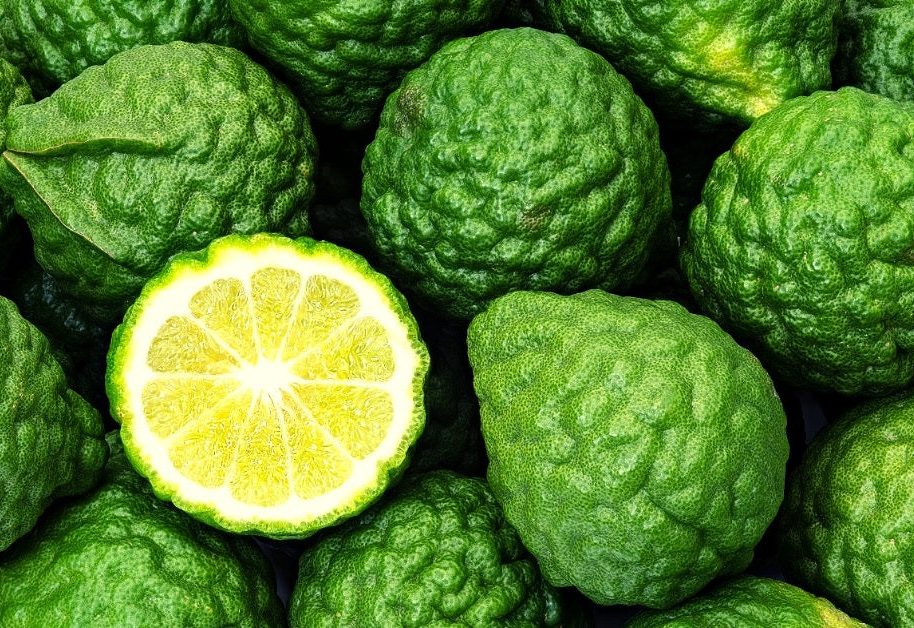Bergamot is the signature citrus of Reggio Calabria and is native to Southern Italy where it grows prolifically along the coast. Its name is derived from the Italian word Bergamotto, most likely a nod to the Italian town of Bergamo.
The citrus fruit is a member of the Rutaceae family and is sometimes referred to as an orange due to its size, however its flavour profile is very different as is the way the fruit is consumed. Bergamot is also found in Southeast Asia, Morocco, Argentina, and Southern France, but is mostly a backyard fruit in Australia as there are very few commercial producers, with Mountain Yuzu in Victoria part of the small local collective.
Growth and harvest
Seeds should be sown 1mm deep and spaced well apart during the months of September through to December. Once the seeds germinate and produce leaves, they can be moved to a more permanent location in the ground or in a pot — either way, the soil must be enriched and able to drain freely.
Of course, sun is of the utmost importance: bergamot plants require at least three hours of direct sunlight per day and regular watering in the early morning or late afternoon.
Trees typically grow between 3–5m tall and are covered in vibrant green leaves that have a distinct perfumed aroma and later conceal small white flowers. Trees should bear fruit within one year, which are comparable to an orange in size.
Bergamots have a knobby exterior with skin changing in colour from lime green to slightly yellow as they ripen and becomes ready for harvest.
Flavour profile and culinary uses
Unlike its citrian siblings, bergamot is not typically consumed for its flesh — its most prized element is the rind. While it is juiced, it’s typically combined with other fruits or added to food or beverages in small quantities due to its intense flavour.
Bergamot is tart however it is less sour than a lemon and more akin to a grapefruit or a bitter orange. Bergamot is a key element in earl grey tea and is also used in desserts such as custards, cookies, panna cotta, and gelato. Besides tea, marmalade is its most common application, where it lends its signature profile to the iconic spread.

